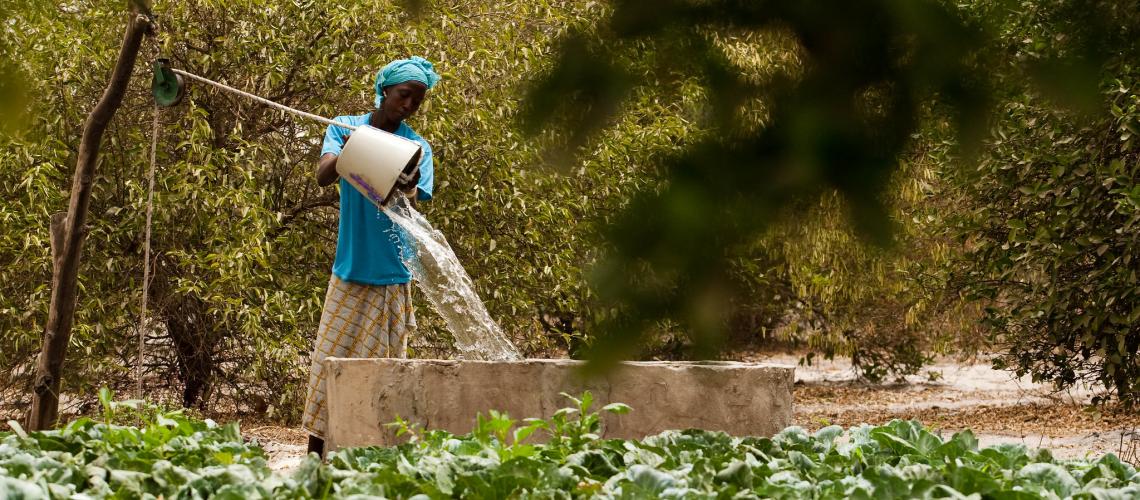
Western & Central Africa
Senegal is most vulnerable to droughts, locust invasions, floods and coastal erosion. Droughts primarily affect the arid and semi-arid Sahelian regions in the north of the country about once every three to four years, and floods most severely affect the lowest-income groups in urban areas. Climate change projections suggest that sea levels could rise by up to one meter along the Senegalese coast by the end of the century, putting at least 110,000 people in low-lying southern regions at risk of coastal flooding.
In 2020, the Government mobilized the CADRI Partnership expertise to support a diagnosis of the disaster risk reduction system at national and local level with the view to inform the development of a National Risk Reduction Strategy. The diagnosis puts special emphasis on the integration of disaster risk reduction measures in the planning and budgeting process and the public investment programming cycle. It covers nine sectors: agriculture and food security, nutrition, health, environment, land and urban planning, WASH, social protection and mining. The capacity diagnosis report is under validation.

